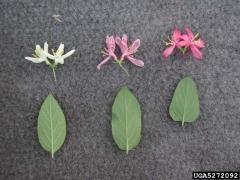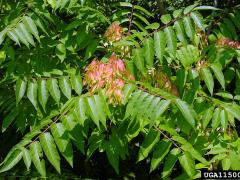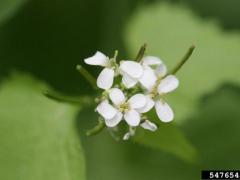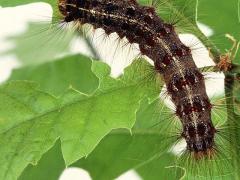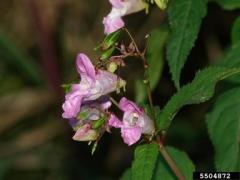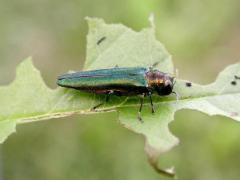A member of the “touch-me-not” family (Balsaminaceae), Himalayan balsam also known as Indian balsam, Himalayan touch-me-not, Himalayan jewelweed, ornamental jewelweed, Pink jewelweed, Purple jewelweed, gnome’s hat stand, and kiss-me-on-the-mountain, among others, is native to central Asia, and was originally brought to Europe in the mid 1800’s. It has frequently escaped cultivation, now being present throughout continental Europe, throughout the UK, in most Canadian provinces, New England and the West Coast. Himalayan balsam prefers sites with wetter soils, and is commonly found in ditches, roadsides, railroad ROW, yards and gardens, but also along streams, floodplain forests, meadows, fields, early successional forests, and edge communities.
